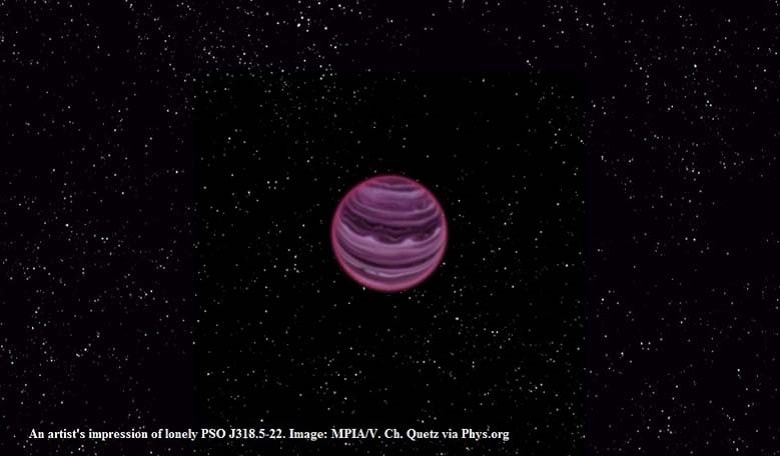Eighty light years from Earth, a lonely planet adrift in space may have… a weather system.
Such are the latest findings concerning PSO J318.5-22, an extrasolar object in the Beta Pictoris moving group, discovered in the Pan-STARRS survey in 2013.
PSO J318.5-22 is roughly six times the mass of Jupiter. It is its large size that has lead scientists to believe it formed around a star. We are not sure how it came to “lose” its star – some form of gravitational perturbation has been cited as a possible culprit, but there is no conclusive information.
Now a team of scientists at the University of Edinburgh says that major variations of the planet’s brightness can be observed – and that these could be caused by a weather system. It is possible that something similar to the stormy spots on our own Jupiter is occurring on this enormous lost world.
Such observations could amount to a major breakthrough in the study of exo-weather – i.e. conditions on worlds beyond our solar system.
In the meantime, PSO J318.5-22 continues to be an object of fascination. Over the summer, for example, NASA released a cheeky, vintage style poster aimed at popularising the object, announcing that it’s the sort of place “Where the nightlife never ends!”
 NASA's fictional JPL’s Exoplanet Travel Bureau put together this poster.
NASA's fictional JPL’s Exoplanet Travel Bureau put together this poster.











